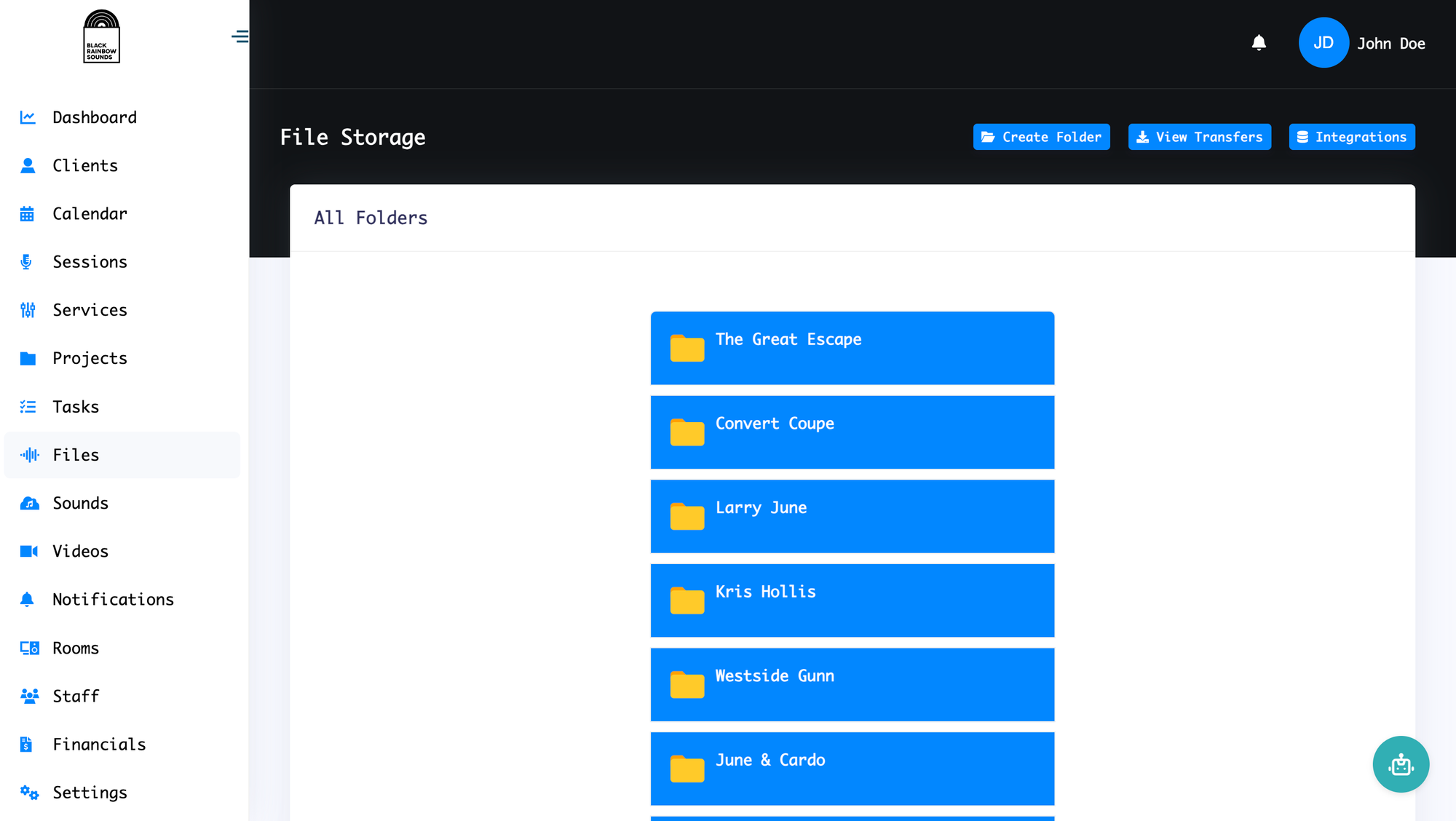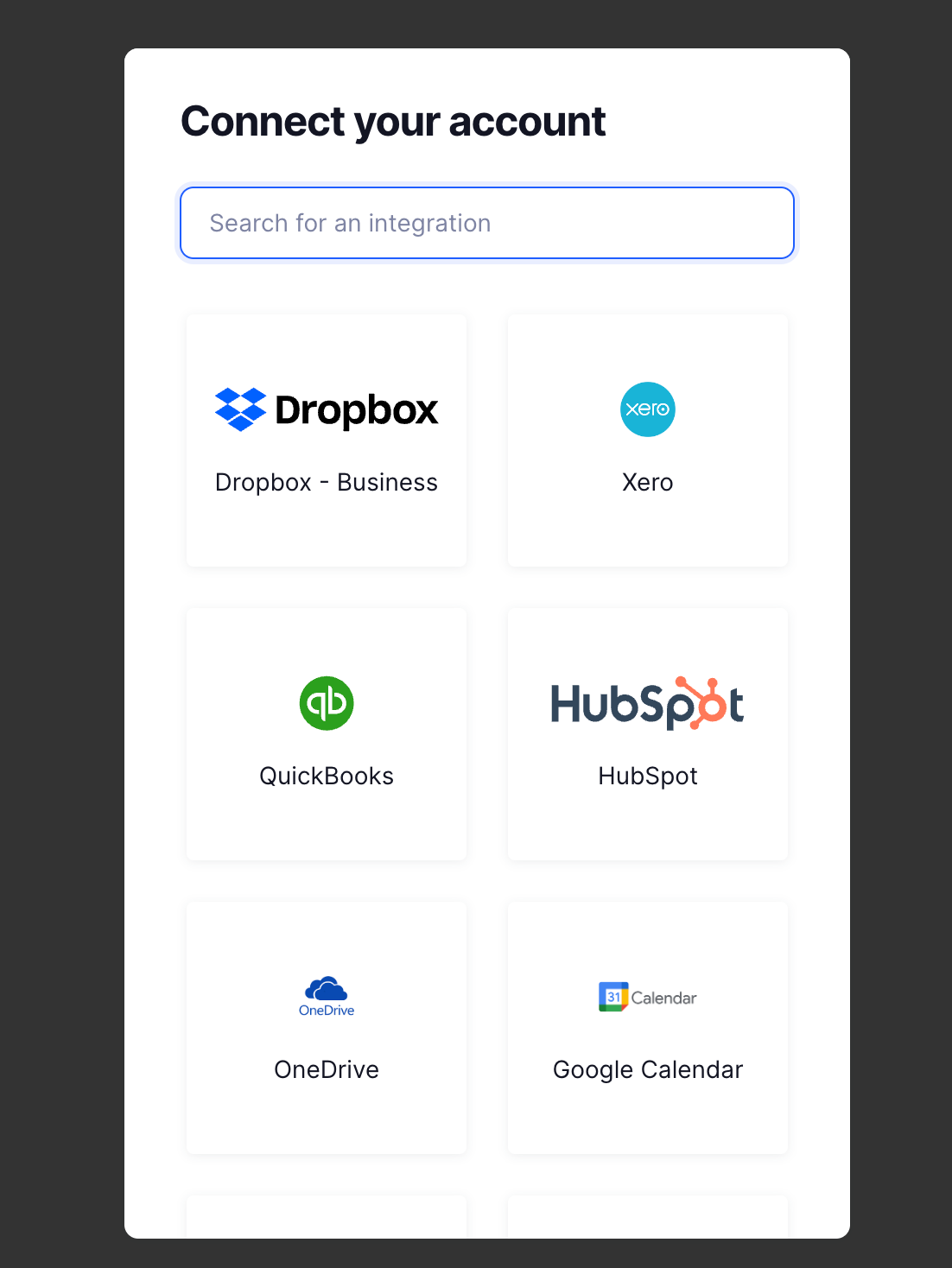How to Switch Your Recording Studio Management Software

Introduction to Studio Management Software
Running a recording studio can be an incredibly rewarding endeavor, but it also comes with its fair share of challenges.
From booking sessions and managing client information to tracking equipment maintenance and invoicing, there are countless moving parts that need to be carefully orchestrated. That's where studio management software comes in - it's a powerful tool that can help streamline your operations and optimize your workflow.
Studio management software is designed to serve as a centralized hub for all your studio-related tasks and data. These platforms typically include features like online booking and scheduling, client relationship management, inventory tracking, invoicing and billing, and detailed reporting.
By consolidating these critical functions into a single, user-friendly interface, studio management software can help you save time, reduce errors, and improve the overall efficiency of your business.

Why Switch Your Recording Studio Management Software?
As your recording studio grows and evolves, your needs may outgrow your current software solution. Perhaps the platform is no longer keeping up with your expanding client base, or it's lacking key features that would help you better serve your customers.
Maybe the user experience has become clunky and frustrating, or the software is simply outdated and no longer receiving updates or support.
Regardless of the specific reasons, deciding to switch your studio management software is a big decision that shouldn't be taken lightly.
It can be a complex and time-consuming process, but the potential benefits make it well worth the effort. By investing in a more robust and tailored solution, you can streamline your operations, improve your customer service, and ultimately, drive greater profitability for your business.
Common Challenges Faced During Software Switching
Transitioning to a new studio management software can present a number of challenges, both logistical and operational. One of the biggest hurdles is often data migration - transferring your existing client records, session details, equipment inventories, and financial information from the old system to the new one.
This process can be tedious and time-consuming, and if not handled properly, it can lead to data loss or inconsistencies.
Another common challenge is training your staff on the new software. Even if the new platform is more user-friendly and intuitive than the old one, your team will still need to invest time and effort into learning the new system and its various features. This can temporarily disrupt your studio's workflow and productivity, as your employees adjust to the new way of doing things.
Finally, there's the challenge of maintaining business continuity during the transition. You'll need to ensure that your studio can continue to operate seamlessly, without any disruptions to your client bookings or other critical functions.
This may require carefully coordinating the software switch with your team and communicating proactively with your clients.
Preparing for the Software Switch
Before you can begin the process of switching your studio management software, it's important to take the time to thoroughly prepare. This starts with conducting an in-depth audit of your current system.
What features are you using, what pain points are you experiencing, and what functionality do you need in a new solution?
Next, you'll want to assemble a cross-functional team to oversee the transition. This team should include key stakeholders from your studio, such as the owner, the operations manager, and any staff members who will be heavily involved in using the new software.
Together, you can establish a clear plan and timeline for the switch, identify any potential roadblocks or risks, and ensure that everyone is aligned on the project's goals and objectives.
It's also crucial to communicate openly with your clients and staff throughout the transition. Let them know about the upcoming software change, explain the benefits it will bring, and set clear expectations around any potential disruptions or downtime.
This will help to mitigate any confusion or frustration and ensure a smooth and seamless transition for everyone involved.
Researching and Evaluating New Studio Management Software Options
With your preparation work complete, it's time to start researching and evaluating potential new studio management software solutions. This can be a daunting task, as there are countless options on the market, each with its own unique features, pricing structures, and levels of complexity.
To streamline the process, We recommend starting by defining your must-have features and non-negotiable requirements. This might include things like robust scheduling and booking capabilities, comprehensive client relationship management tools, detailed financial reporting, and seamless integration with your existing accounting or payment processing systems.

Once you have a clear idea of your needs, you can begin researching and comparing different software providers. Reach out to your professional network for recommendations, read online reviews and case studies, and schedule demos with the vendors that seem like the best fit. Pay close attention to the user experience, the quality of the customer support, and the overall ease of use and implementation.
It's also a good idea to consider the long-term viability and scalability of the software. Will it be able to grow and evolve alongside your studio? Does the vendor have a strong track record of delivering consistent updates and improvements?
Data Migration and Setup
One of the most critical and time-consuming aspects of switching your studio management software is the data migration process. This involves carefully transferring all of your existing client records, session details, equipment inventories, and financial data from the old system to the new one.
To ensure a smooth and successful data migration, I recommend working closely with the software vendor's implementation team. They can provide detailed guidance and support throughout the process, helping you to identify any potential pitfalls or areas of concern. It's also a good idea to create a comprehensive data backup before you begin, just in case any issues arise.

Once the data migration is complete, you can turn your attention to setting up the new software. This may involve configuring various settings, integrating with any third-party tools or platforms, and customizing the platform to align with your studio's unique workflows and branding.
Throughout this setup phase, it's important to stay organized and maintain clear communication with your team. Establish a project plan, assign specific tasks and responsibilities, and regularly check in to ensure that everything is on track.
Training and Onboarding Staff
Successful adoption of your new studio management software hinges on the ability of your staff to use it effectively. That's why investing time and resources into comprehensive training and onboarding is so crucial.
Begin by identifying the key users of the software - those who will be interacting with it on a daily basis, such as your front desk staff, studio managers, and bookkeepers. Work with the software vendor to develop a tailored training program that covers all the essential features and functionalities.
This training should include a mix of hands-on workshops, interactive tutorials, and ongoing support resources. Encourage your staff to ask questions, provide feedback, and share their insights, as this will help to ensure that the training is truly effective and aligned with their needs.
In addition to the initial training, it's important to provide ongoing support and resources to help your team stay up-to-date on the software's capabilities and any new features or updates. This might include regular refresher sessions, a dedicated internal champion or "power user" to provide guidance, and a comprehensive knowledge base or user manual.

Testing and Troubleshooting
Before you can confidently go live with your new studio management software, it's essential to thoroughly test the system and work through any potential issues or challenges.
Start by conducting a series of end-to-end tests, simulating real-world scenarios and workflows to ensure that the software is functioning as expected. Pay close attention to areas like data integration, reporting, and customer-facing features, and work closely with your team to identify and address any pain points or areas of concern.
It's also a good idea to set up a parallel testing environment, where you can experiment with the new software without disrupting your active studio operations. This will give you the freedom to explore different configurations, test new features, and work through any troubleshooting tasks without the pressure of a live, active system.
Throughout the testing and troubleshooting phase, maintain clear and open communication with your team and the software vendor. Encourage your staff to provide feedback, report any issues, and share their ideas for improvement. This collaborative approach will help to ensure that the new software is tailored to your studio's unique needs and ready for a successful launch.
Going Live with the New Software
The moment of truth has arrived - it's time to go live with your new studio management software. This can be an exciting but also nerve-wracking experience, so it's essential to approach it with a well-thought-out plan and a calm, confident demeanor.
Start by setting a specific date and time for the software switch, and communicate this clearly to your staff and clients. Ensure that your team is fully trained and prepared, with access to any necessary support resources. It's also a good idea to have a designated "go-to" person or support hotline available during the initial go-live period to address any questions or issues that may arise.
During the first few days and weeks of using the new software, be vigilant in monitoring its performance and closely tracking any feedback or concerns from your staff and clients.
Maintain a flexible and adaptable mindset, and be prepared to make any necessary adjustments or tweaks to ensure a seamless transition.
As you gain confidence and momentum with the new system, gradually phase out the use of your old software, ensuring that all critical data and functions have been successfully migrated and are now being handled by the new platform.
Post-Switch Evaluation and Optimization
The work doesn't end once you've successfully gone live with your new studio management software. In fact, this is just the beginning of an ongoing process of evaluation, optimization, and continuous improvement.
Take the time to gather feedback from your staff and clients, and carefully analyze the performance data and usage metrics from the new software. Where are the pain points? What features are being underutilized? What areas of the workflow could be streamlined or improved?
Armed with this valuable insight, work with your team to identify opportunities for optimization and refinement. This might involve customizing the software's settings, integrating additional tools or features, or providing additional training and support to your staff.
Remember, the transition to a new studio management software is not a one-time event - it's an ongoing journey of learning, adapting, and continuously enhancing your operations.
By embracing this mindset and staying proactive in your approach, you can ensure that your new software investment continues to deliver maximum value to your business for years to come.
Conclusion
Switching your recording studio management software can be a complex and challenging process, but the potential benefits make it well worth the effort. By investing in a more robust and tailored solution, you can streamline your operations, improve your customer service, and drive greater profitability for your business.
The key to a successful software transition lies in thorough preparation, careful planning, and a commitment to ongoing optimization and improvement. By following the step-by-step guide outlined in this article, you can navigate the transition with confidence and ensure a seamless, stress-free experience for your staff and clients.
If you're ready to take the next step in optimizing your recording studio's operations, We encourage you to reach out to our team of studio management software experts. We can help you evaluate your current needs, research and compare the best solutions on the market, and guide you through the entire transition process. Contact us today to schedule a consultation and take the first step towards a more efficient, profitable, and customer-focused recording studio.


